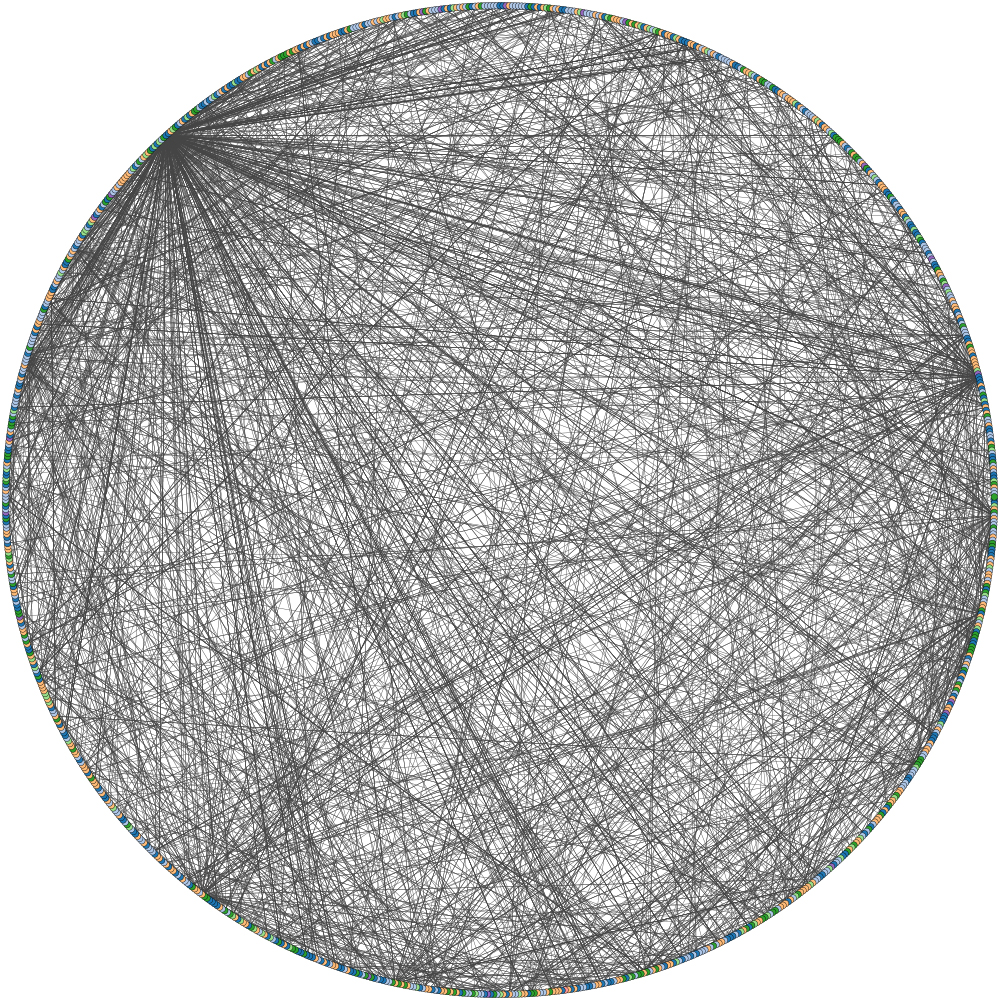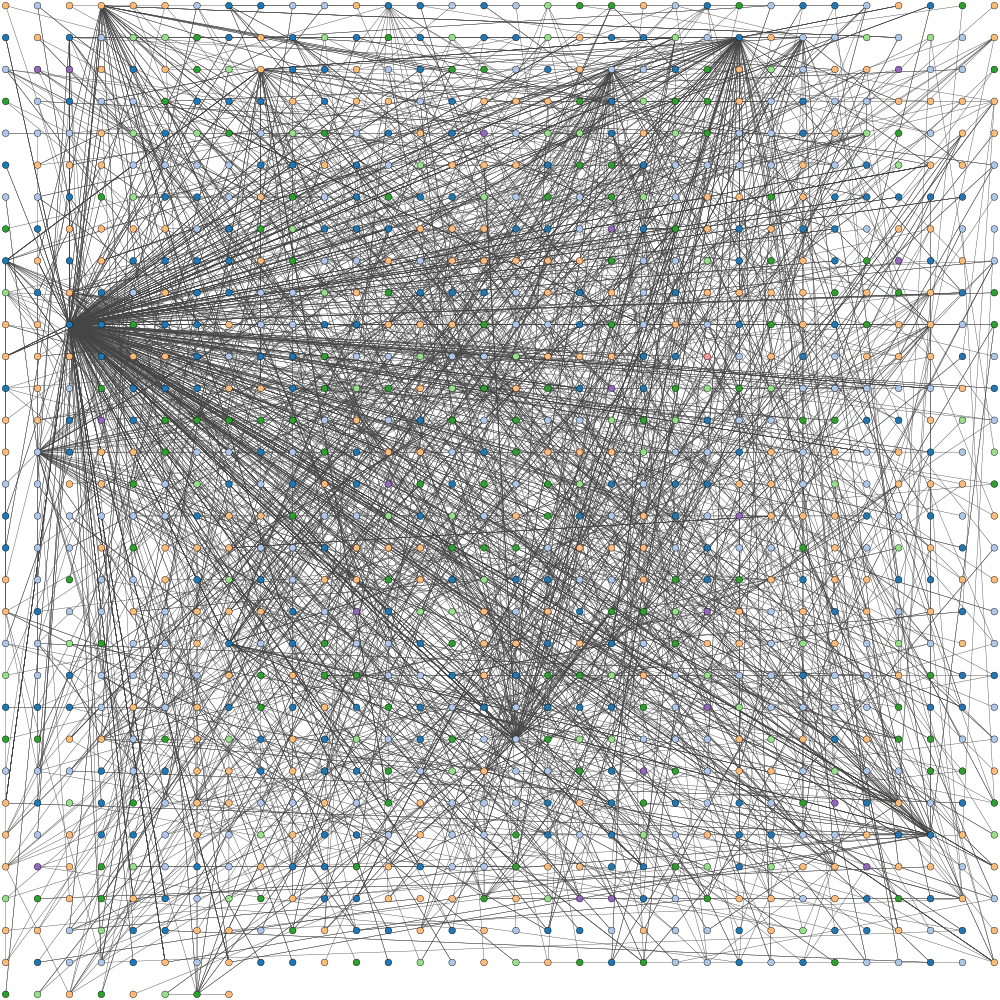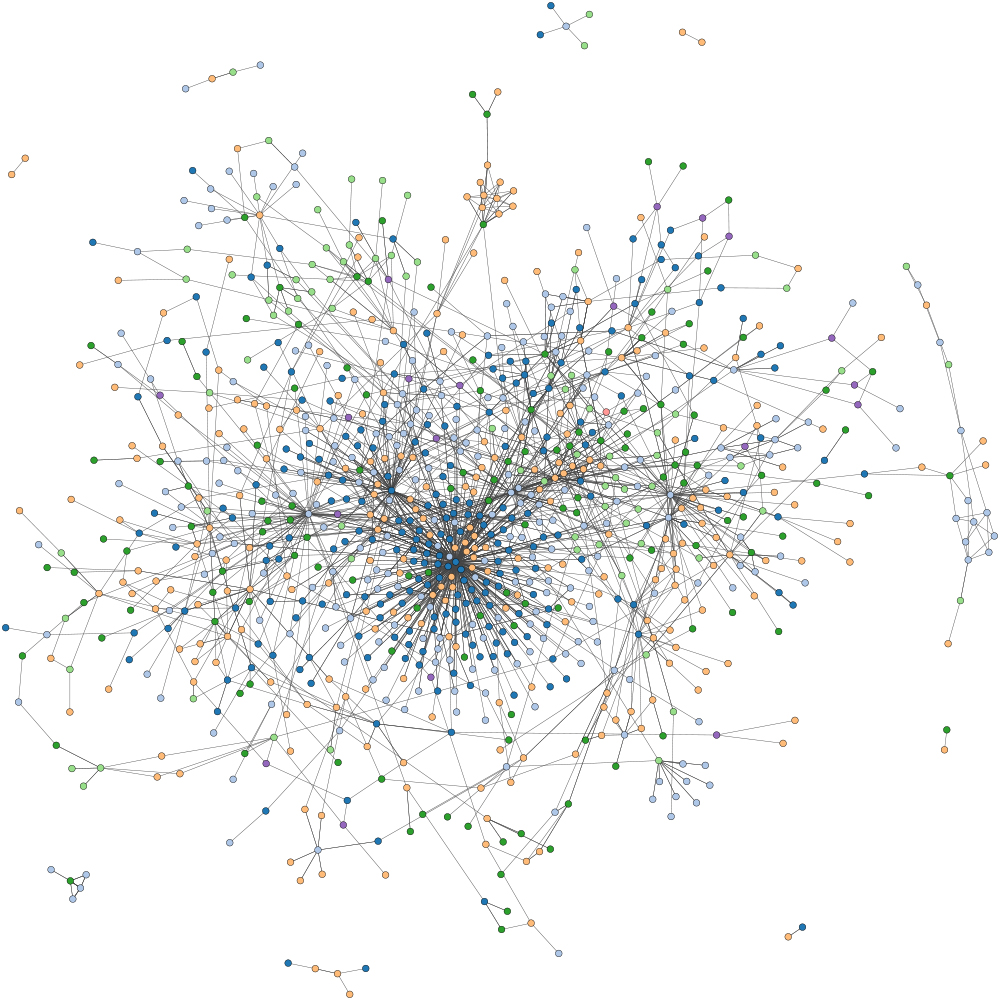Biological Expression Language (BEL) is a domain-specific language used to capture biological interactions (and their contexts) in a standardized, computable format. Using a corpus of manually curated BEL statements, we use our in-house software, e(BE:L), to construct knowledge graphs using the OrientDB database management system (DBMS). Though users can access the network directly through our graph store, advanced query knowledge is required to properly access key information. To this end, we also constructed the Biological Knowledge Miner (BiKMi), a web application that utilizes the RESTful API functions generated by e(BE:L) to provide users with an overview of the information available in the model as well as tools for identifying BEL statements of interest and for comparing gene expression data against the cited molecular relationships.
The COVID-19 Knowledge Graph is an expansive cause-and-effect network constructed from scientific literature on the new coronavirus that aims to provide a comprehensive view of its pathophysiology (more details). In its current state, it incorporates 3954 nodes, covering 10 entity types (e.g., proteins, genes, chemicals, and biological processes) and 9484 relationships (e.g., increases, decreases, and association), forming a seamless interaction network. These cause-and-effect relations primarily denote host-pathogen interactions as well as comorbidities and symptoms associated with COVID-19. Furthermore, the KG contains molecular interactions related to host invasion (e.g., spike glycoprotein and its interaction with the host via receptor ACE2) and the effects of the downstream inflammatory, cell survival, and apoptosis signaling pathways. A key aspect of the COVID-19 KG is in its large coverage of drug-target interactions along with the biological processes, genes and proteins associated with the novel coronavirus. We have identified over 300 candidate drugs currently being investigated in the context of COVID-19 including proposed repurposing candidates and drugs under clinical trial.
To facilitate the ease of usage and interoperability of our Knowledge Graph, we have released its content in various standard formats (e.g., SIF, GraphML, and NDEx) in order to promote its adoption and enhancement by the scientific community. The latest version together with the different formats are freely available here. Furthermore, thanks to our previous harmonization work, the COVID-19 Knowledge Graph is interoperable with databases such as DrugBank, KEGG, and Reactome.
Because the amount of research and information available on COVID-19 is growing at an exponential rate, it is imperative that scientists can compare the different models in order to identify inconsistencies with the available data as well as potential therapeutic targets. Therefore, we plan to extend our model to include not only other related networks (see e.g. Gordon et al., with interactome data), but also information from several reputable biological databases such as ChEBI, ClinVar, and DisGeNet. We aim to facilitate knowledge discovery by housing all relevant information in a single repository and providing users the tools to freely navigate and compare models. Additionally, as the COVID-19 Knowledge Graph expands, BiKMi will also continue to have features added to those already available that make use of the information present in the database.
Partner
Causality BioModels, India



